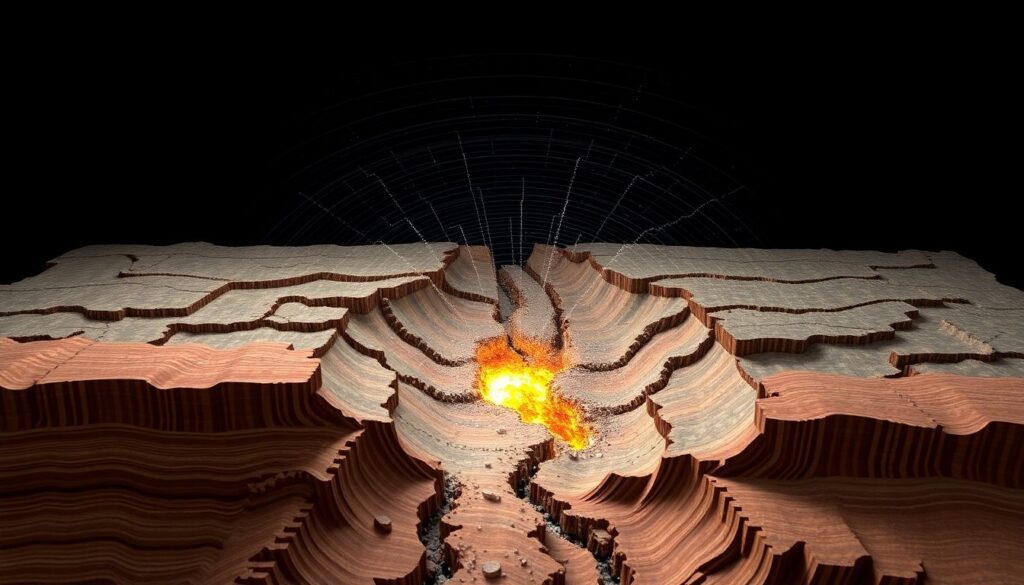Welcome to this fascinating journey into the heart of earthquake dynamics! Today, we’re diving deep into the complex world of seismic events, exploring how a tiny fracture can evolve into a catastrophic earthquake. Join us as we unravel the mysteries behind this natural phenomenon, backed by cutting-edge research and stunning simulations.
Unraveling the Cascade-Up Process in Seismic Events
Imagine a web of fractures sprawling across the Earth’s crust, a complex fault system resembling a shattered pane of glass. These aren’t merely cracks in the surface, but deep, jagged fissures that stretch for miles, each with its own story of stress and strain. Some are old and dormant, while others are actively creeping, slowly reshaping the landscape.
Now, picture the heart of the system, where the Earth’s relentless energy is about to be unleashed. A large, catastrophic earthquake is stirring, ready to send shockwaves radiating out like ripples from a stone dropped in water. But these aren’t gentle ripples; they’re powerful seismic waves, vibrating the very core of the Earth.
As the earthquake strikes, the ground lurches violently, structures topple, and the neat, orderly world above is thrown into chaos. The fractures in the fault system, previously silent or slowly creeping, now activate in a cacophonous symphony of shaking and grinding. Waves of energy pulse out, not just horizontally but in all directions, creating a dynamic, terrifying spectacle of nature’s raw power.
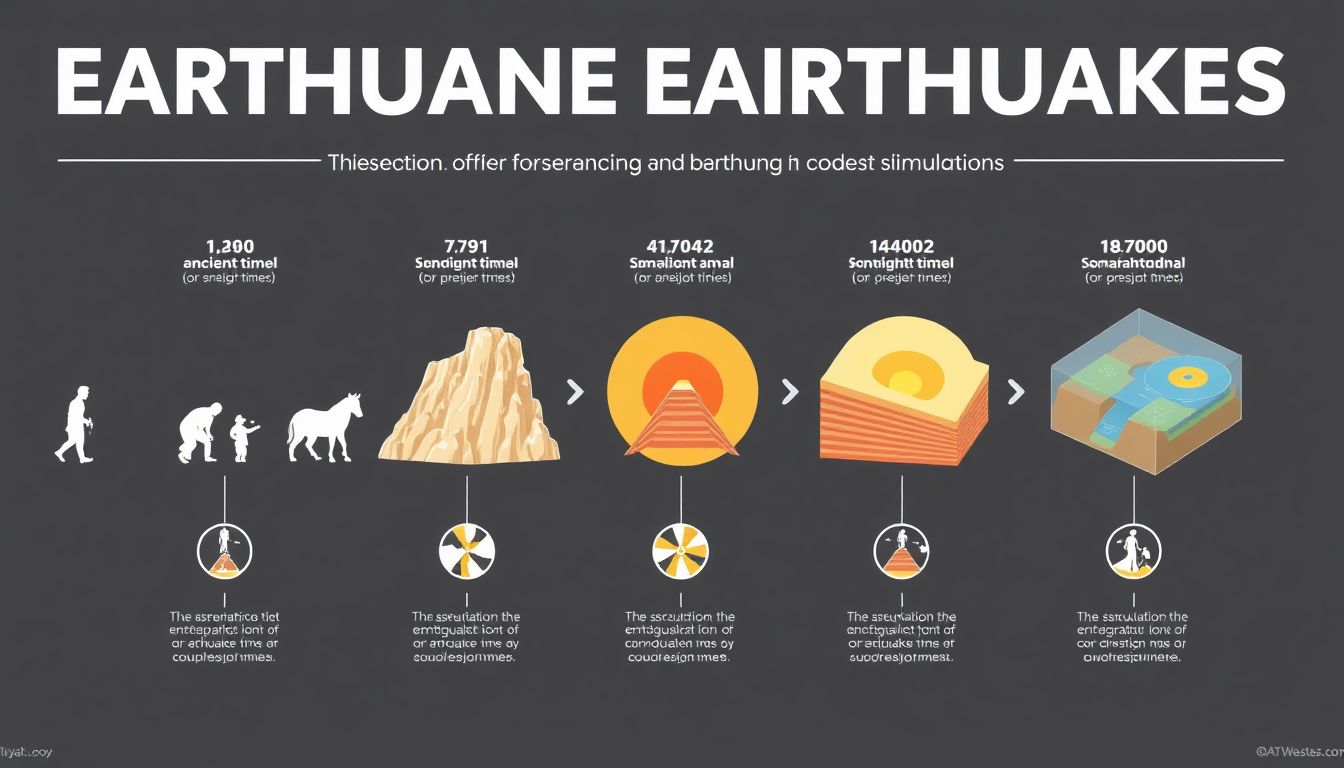
Understanding Seismic Phenomena
Seismic phenomena, commonly known as earthquakes, are the result of sudden energy release in the Earth’s crust, typically caused by the movement of tectonic plates. The basic concepts revolve around the focus or hypocenter, where the energy is released, and the epicenter, the point on the Earth’s surface directly above the focus. Over time, our understanding of these phenomena has evolved significantly. Early theories suggested that earthquakes were caused by the wrath of gods or the movement of large underground creatures. However, the development of plate tectonics theory in the mid-20th century provided a more scientific explanation, attributing earthquakes to the interaction between different plates that make up the Earth’s lithosphere.
The advancement of technology has played a crucial role in enhancing our knowledge of seismic phenomena. Early seismometers, like the one invented by John Milne in the late 19th century, allowed scientists to detect and measure earthquakes more accurately. Today, seismic networks provide real-time data from around the globe, enabling better monitoring and analysis of seismic activity. Moreover, the development of computational tools and numerical simulations has revolutionized the study of earthquakes, allowing researchers to model complex seismic processes and predict ground motion.
Numerical simulations, in particular, have been instrumental in furthering our understanding of seismic phenomena. They allow scientists to:
- Visualize and analyze the dynamics of earthquake ruptures,
- Investigate the effects of different fault geometries and properties,
- Explore the impact of earthquakes on various structures and infrastructures.
Additionally, experiment-based friction laws, such as the rate-and-state friction law, have provided significant insights into the physics of faulting. These laws describe the resistance to slip between two surfaces and how it evolves with time and sliding velocity. By incorporating these laws into numerical simulations, researchers can more accurately model the complex behavior of faults during earthquakes. This integrated approach has greatly enhanced our ability to assess seismic hazards and develop more effective mitigation strategies.
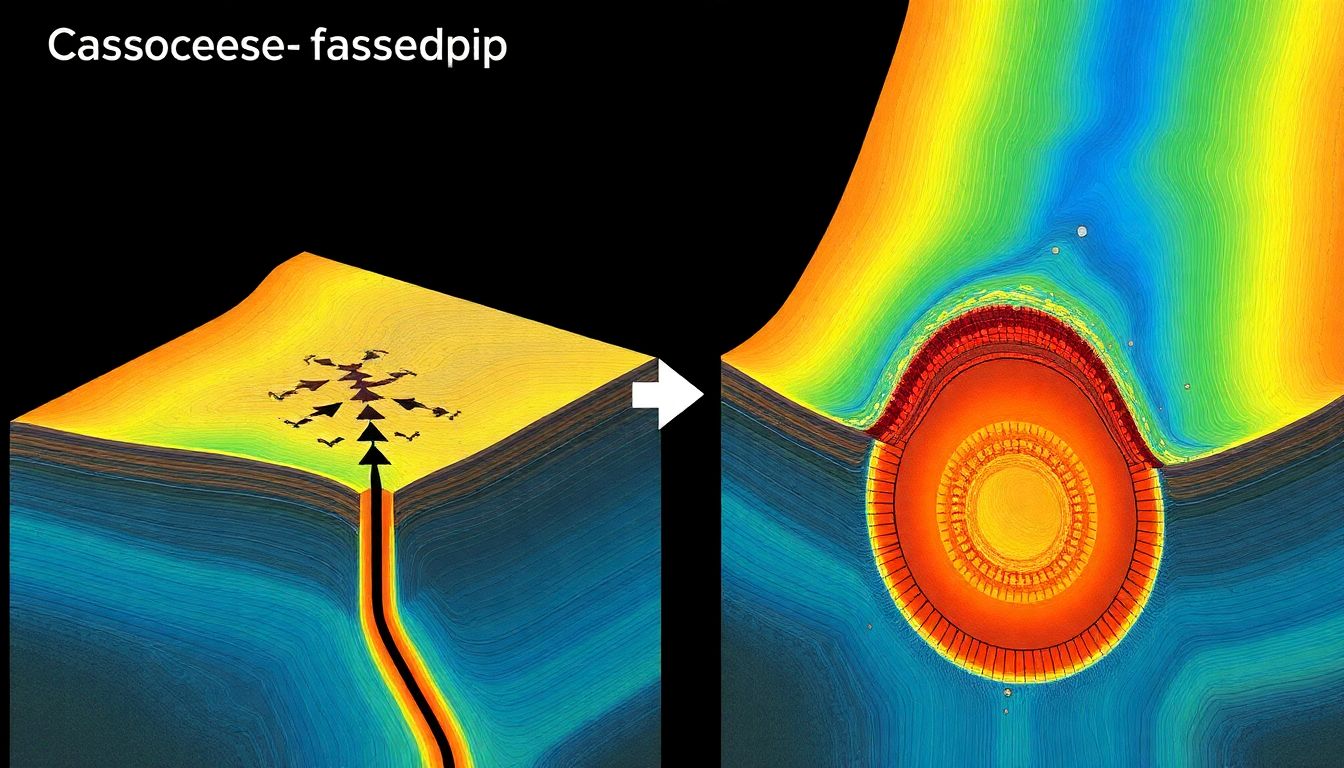
The Cascade-Up Process
Have you ever wondered how small, seemingly insignificant events can cascade into massive, catastrophic occurrences? Welcome to the fascinating world of the cascade-up process, a concept that helps explain how minor ruptures can evolve into larger, more devastating earthquakes.
The cascade-up process is a critical mechanism in seismology, where a small earthquake triggers a chain reaction, leading to a larger, more significant event. Imagine a tiny crack forming in a pane of glass. Under the right conditions, that small crack can quickly spread, shattering the entire pane. Similarly, in earthquake-prone regions, a small rupture can induce a series of failures, culminating in a major earthquake. This process is not merely a theoretical construct; it has been observed and studied in various seismic zones worldwide.
Now, let’s zoom in on the role of hierarchical heterogeneous structures in these earthquake-producing regions. Earth’s crust is not uniform; it’s a complex mosaic of different rock types, faults, and other structural features. This heterogeneity is crucial in the cascade-up process. Here’s how:
- Small ruptures initiate in areas of weakness or stress concentration.
- These ruptures can then propagate, interacting with other structural elements, like faults.
- If the conditions are right, the rupture can cascade up, triggering a larger earthquake.
Think of it like a game of dominoes, where one falling piece can topple many others, creating a chain reaction.
The interplay between the cascade-up process and hierarchical heterogeneous structures underscores the importance of understanding the Earth’s complex geology. By studying these mechanisms, seismologists can better forecast earthquakes, enhance preparedness, and mitigate risks. Moreover, this knowledge can guide urban planning and infrastructure development in high-risk areas, helping communities build resilience against potential earthquakes.
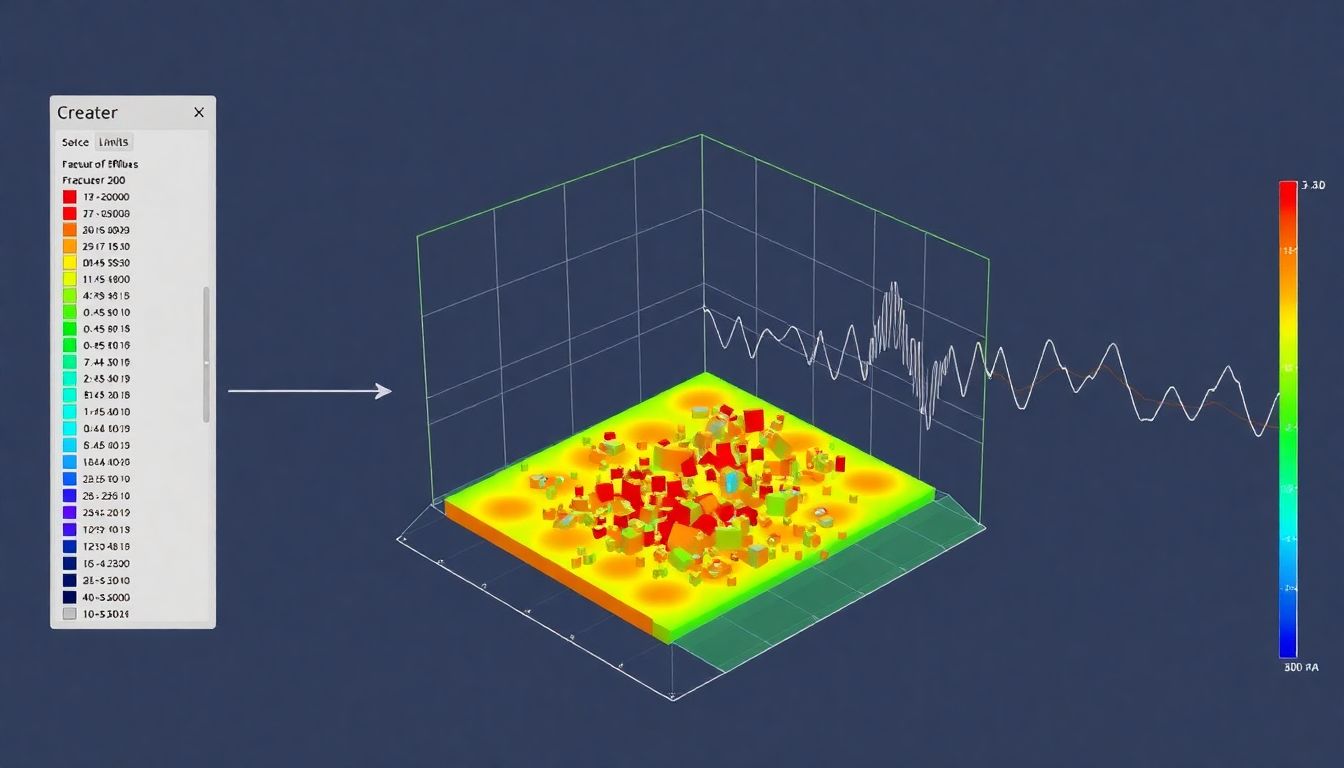
State-of-the-Art Simulations
In the groundbreaking study by Palgunadi et al. [2024], advanced computational techniques were employed to illustrate the complex process of cascade-up, a phenomenon that has puzzled scientists for years. The researchers harnessed the power of high-performance computing to simulate the intricate dynamics of fracture networks, utilizing a combination of finite element methods and discrete element methods. This dual approach allowed them to capture both the continuous and discontinuous aspects of the system, providing an unprecedented level of detail and accuracy.
The team implemented a multi-scale modeling strategy to bridge the gap between microscopic and macroscopic scales. This involved integrating molecular dynamics simulations for small-scale fracture behavior with continuum mechanics for larger-scale interactions. By doing so, they were able to observe how tiny cracks coalesce and grow into larger fractures, ultimately leading to the cascade-up process.
One of the key innovations in their computational technique was the use of machine learning algorithms to predict fracture propagation. They trained their models on extensive datasets derived from experimental observations and previous simulations. This enabled them to accelerate the computational process and explore a wider range of scenarios, providing deeper insights into the conditions that drive cascade-up events.
A critical assumption underpinning their work was the concept of scale-dependent energy for individual fracture units. This means that the energy required to propagate a fracture is not constant but varies with the size of the fracture. To incorporate this assumption, the researchers developed a sophisticated energy model that accounted for the following:
- The initial energy required to nucleate a micro-fracture
- The energy dissipation during fracture growth
- The energy release as fractures coalesce into larger units
This scale-dependent energy model was instrumental in accurately capturing the cascade-up process and reconciling previously conflicting observations.
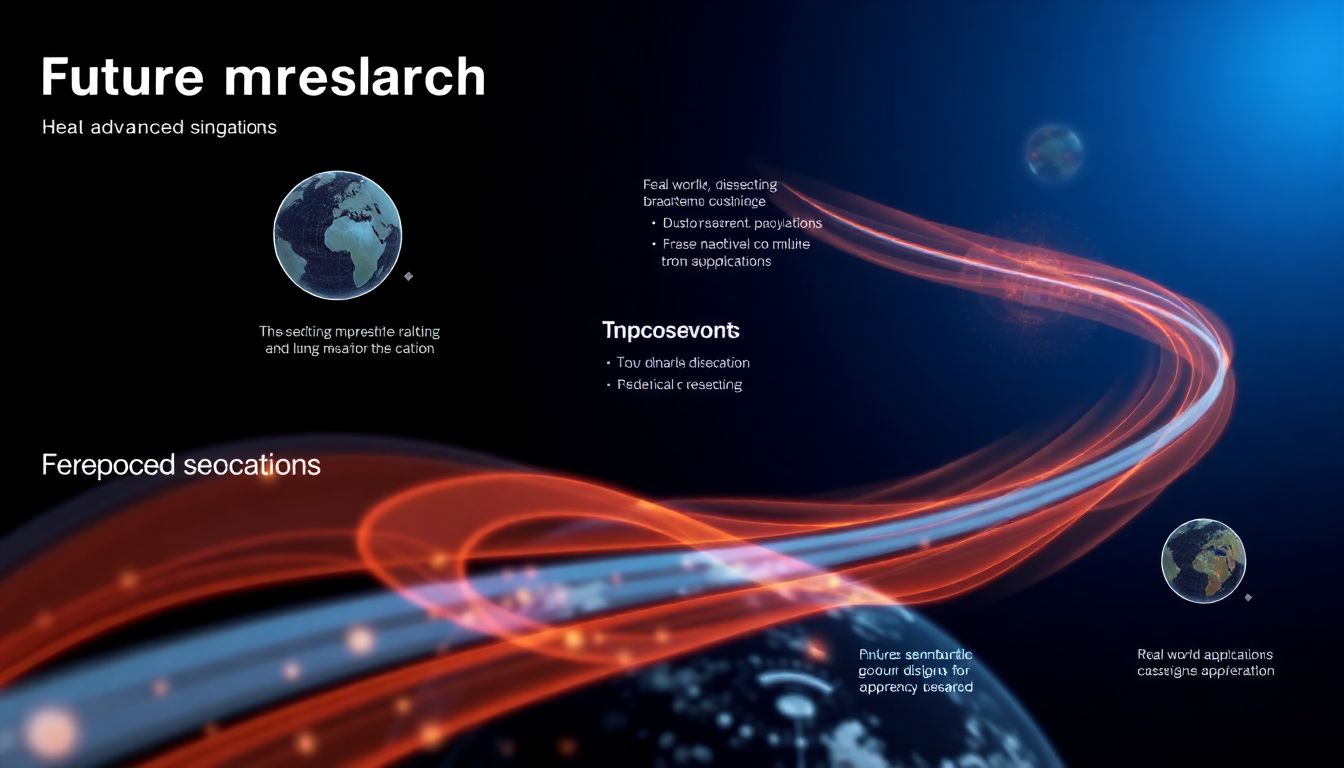
Future Directions
The implications of this research for our understanding of earthquake growth processes are profound. The study reveals that earthquakes, rather than being instantaneous releases of built-up stress, go through a period of gestation, much like a storm gathering on the horizon. This finding challenges the conventional wisdom that earthquakes are abrupt and unpredictable phenomena. By uncovering a discernible growth process, the research opens new avenues for exploring the mechanisms that underlie seismic events.
However, the need for more detailed studies is paramount. While this research has taken significant strides, it has also exposed the gaps in our knowledge. We need to understand the intricacies of the earthquake growth process:
- What are the initial triggers?
- How does the earthquake nucleation process evolve over time?
- What are the key factors that influence the duration and magnitude of the growth phase?
Addressing these questions will require interdisciplinary efforts that combine seismology, geophysics, and advanced statistical modeling.
The potential for advancing earthquake prediction is one of the most exciting implications of this research. If we can understand and monitor the growth processes of earthquakes, we may be able to develop more accurate prediction models. Imagine being able to issue warnings not just minutes or seconds before an earthquake, but hours, days, or even weeks in advance. This could revolutionize disaster preparedness and response, saving countless lives and mitigating structural damage.
But to make this potential a reality, we need concerted efforts in furthering this research. This includes:
- Developing more sensitive and widely distributed seismic monitoring networks to capture the subtle signs of earthquake growth.
- Investing in cutting-edge data analysis techniques to decipher the complex patterns hidden within seismic data.
- Fostering international collaboration to share knowledge and resources across borders.
Only through committed and sustained effort can we hope to translate this promising research into practical tools for earthquake prediction and mitigation.
FAQ
What are the governing laws of seismic phenomena?
How do numerical simulations help in understanding earthquakes?
What is the cascade-up process in earthquakes?
How does hierarchical heterogeneity affect earthquake growth?
What are the implications of this research for earthquake prediction?
- Enhanced Understanding: Improved knowledge of the cascade-up process can lead to better predictions of earthquake growth and behavior.
- Advanced Simulations: More detailed and realistic simulations can help identify potential earthquake zones and their likely impact.
- Mitigation Strategies: Better understanding can inform the development of effective mitigation strategies to reduce the impact of earthquakes.



